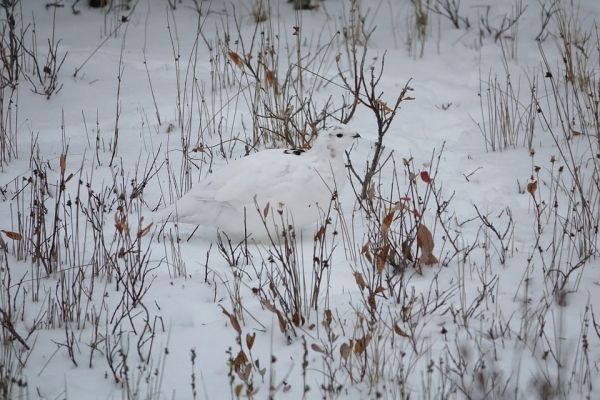Researchers from Lund University and the University of Tromsø have examined the immune system strength of the Svalbard rock ptarmigan in the Arctic. This bird lives the farthest up in the Arctic of any land bird, and the researchers have investigated how the immune response varies between winter and late spring.
“We have discovered that the birds reduce how much they spend on keeping their own immune defence system up and running during the five months of the year when it is dark around the clock, probably to save energy. Instead, they use those resources on keeping warm and looking for food. When daylight returns, their immune response is strengthened again,” says Andreas Nord, researcher at Lund University.
The researchers found that when the birds become ill in mid-winter, their energy consumption drops compared to when they are healthy. However, when the birds become ill in late spring, their energy consumption increases instead.
“A weaker immune system is probably a part of all the adaptations that Arctic animals use to save energy in winter. The risk of being infected by various diseases so far north is less in winter than when it becomes warmer towards summer”, says Andreas Nord.
Read more at Lund University
Photo credit: mtanenbaum via Pixabay


